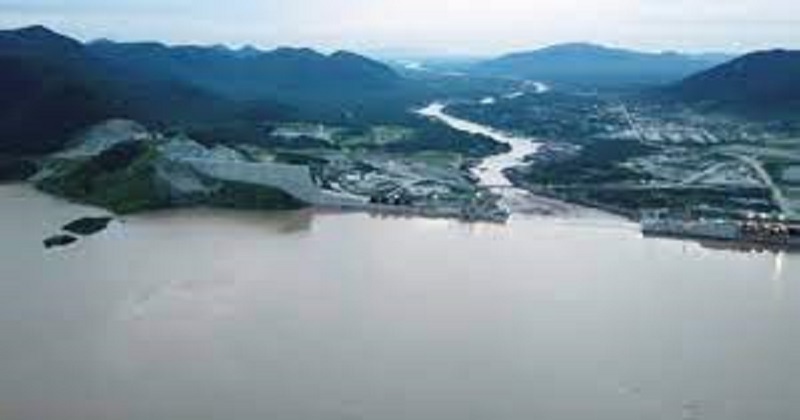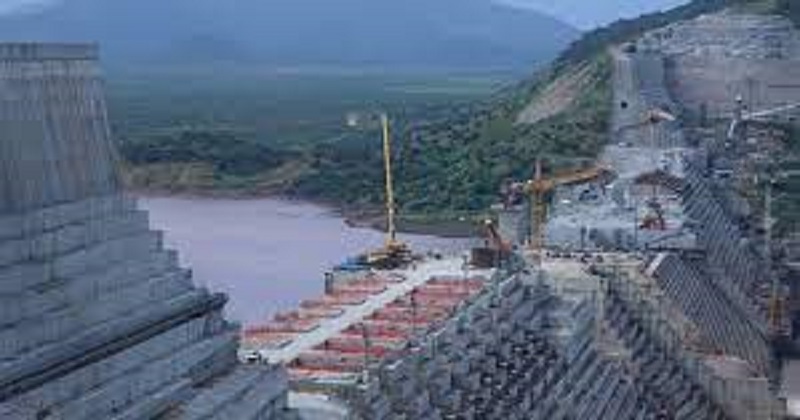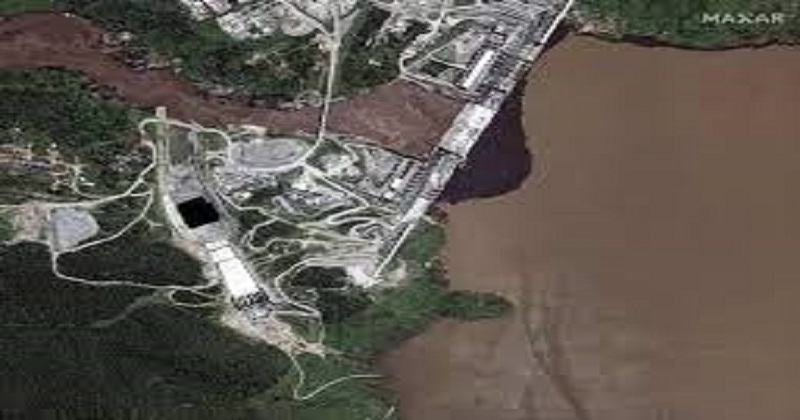
Addis Ababa’s economic development and the provision of electricity depend on the Grand Ethiopian Renaissance Dam (GERD), a $4 billion hydropower project. The dam has caused controversy ever since Ethiopia began construction in 2011, with Egypt and Sudan viewing it as a threat due to their reliance on Nile waters.

The African Union has failed to achieve a three-way agreement on the dam’s filling and operation. Cairo and Khartoum have called on Addis Ababa to stop filling the massive reservoir until an agreement is reached. Ethiopian officials say that filling is a natural part of the dam construction process and cannot be stopped. Seleshi Bekele, Ethiopia’s minister for water, irrigation and energy, said that the Renaissance dam’s second filling was complete and the water was overflowing. ‘We now have enough water to run the two turbines,’ he tweeted.
Today, 19th July, 2021, the GERD reservoir reached overtopping water level. Currently, the incoming flow passes through both bottom outlets and overtopping. This year also we are experiencing extreme rainfall in the Abbay Basin(Blue Nile Basin). As a result, the GERD reservoir pic.twitter.com/MGPeEyC1UF
— Dr Eng Seleshi Bekele (@seleshi_b_a) July 19, 2021
Diplomatic efforts to resolve the dispute between the three countries have failed. The UN Security Council discussed the project earlier this month, although Ethiopia called the session an ‘unhelpful’ distraction from the AU-led process. Moreover, the United States has warned that Ethiopia’s decision to fill the dam could raise tensions and urged all parties to refrain from unilateral actions.

Read more: Supreme Court blasts Kerala government for relaxing Covid-19 measures for Bakrid
Ethiopia announced in July 2020 that it had filled its reservoir to its target of 4.9 billion cubic meters. For this year’s rainy season, the goal was to add 13.5 billion cubic meters. The dam now has enough water to install and operate its first two turbines, allowing the project to produce energy for the first time, said the official, who spoke on condition of anonymity because he was not authorized to brief the media.

Post Your Comments